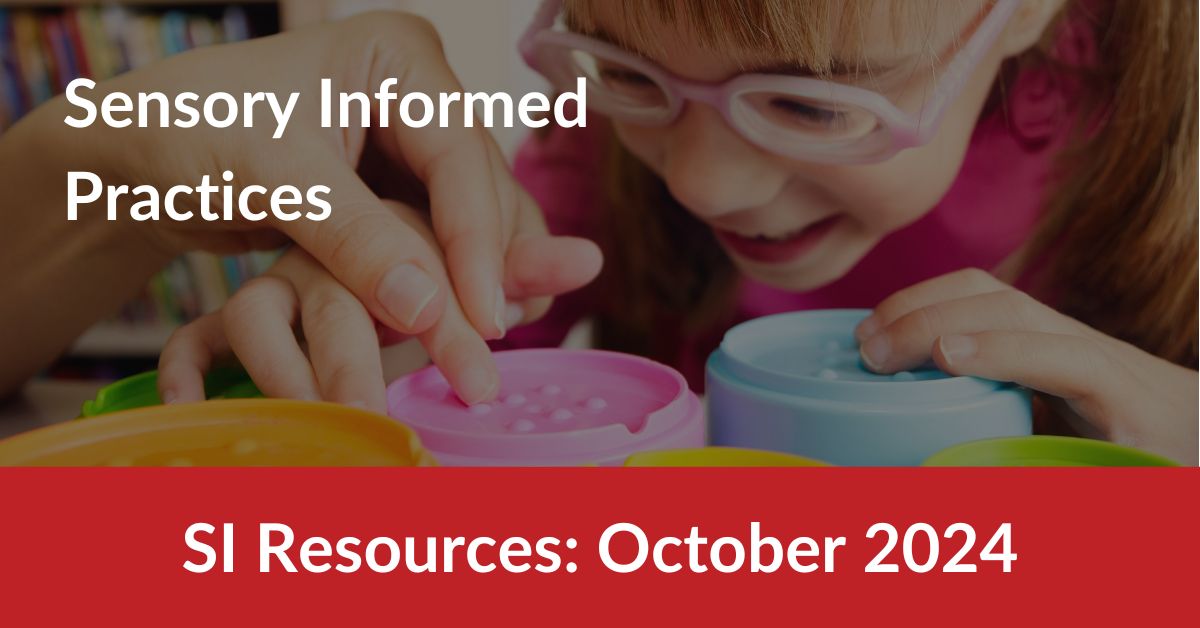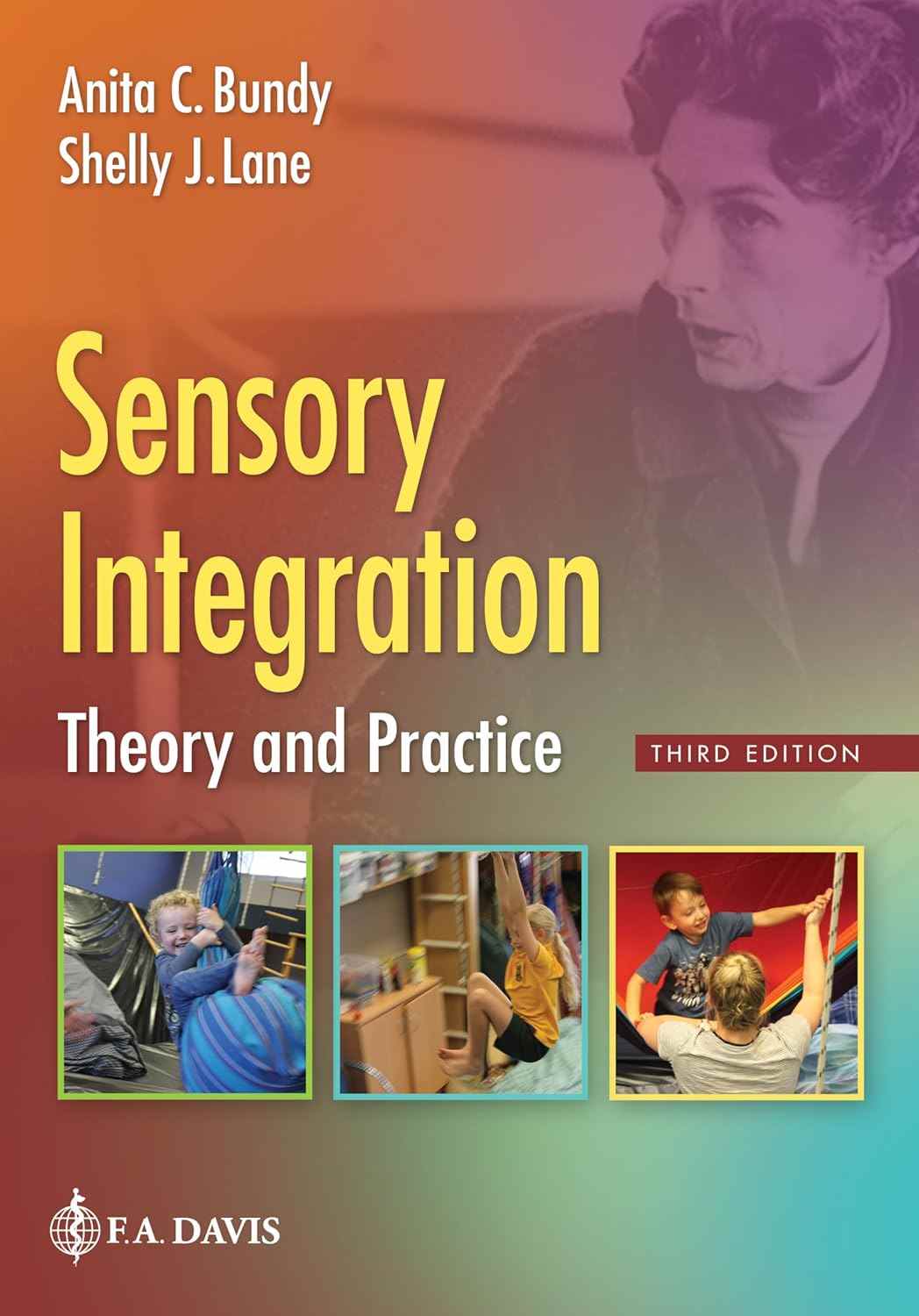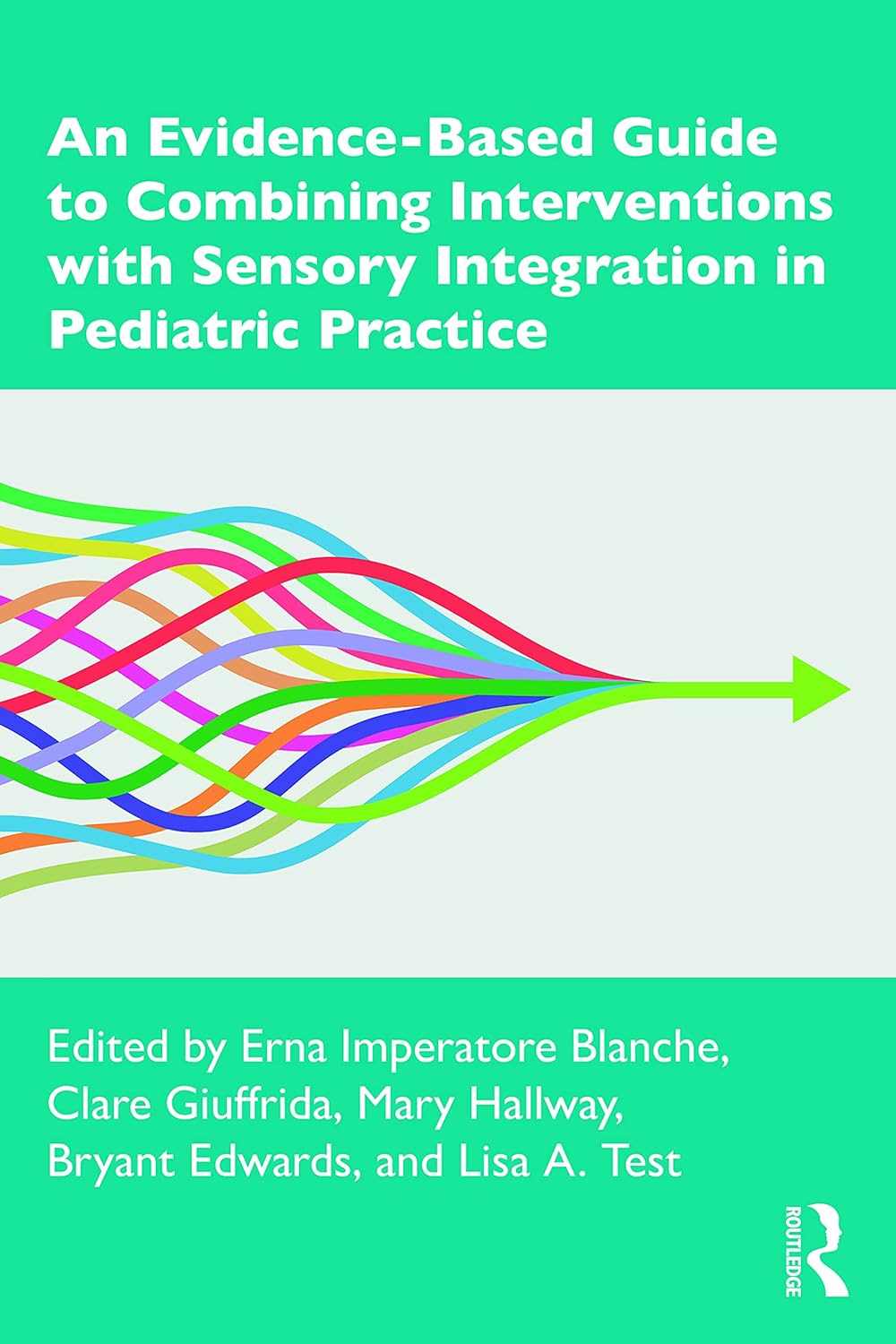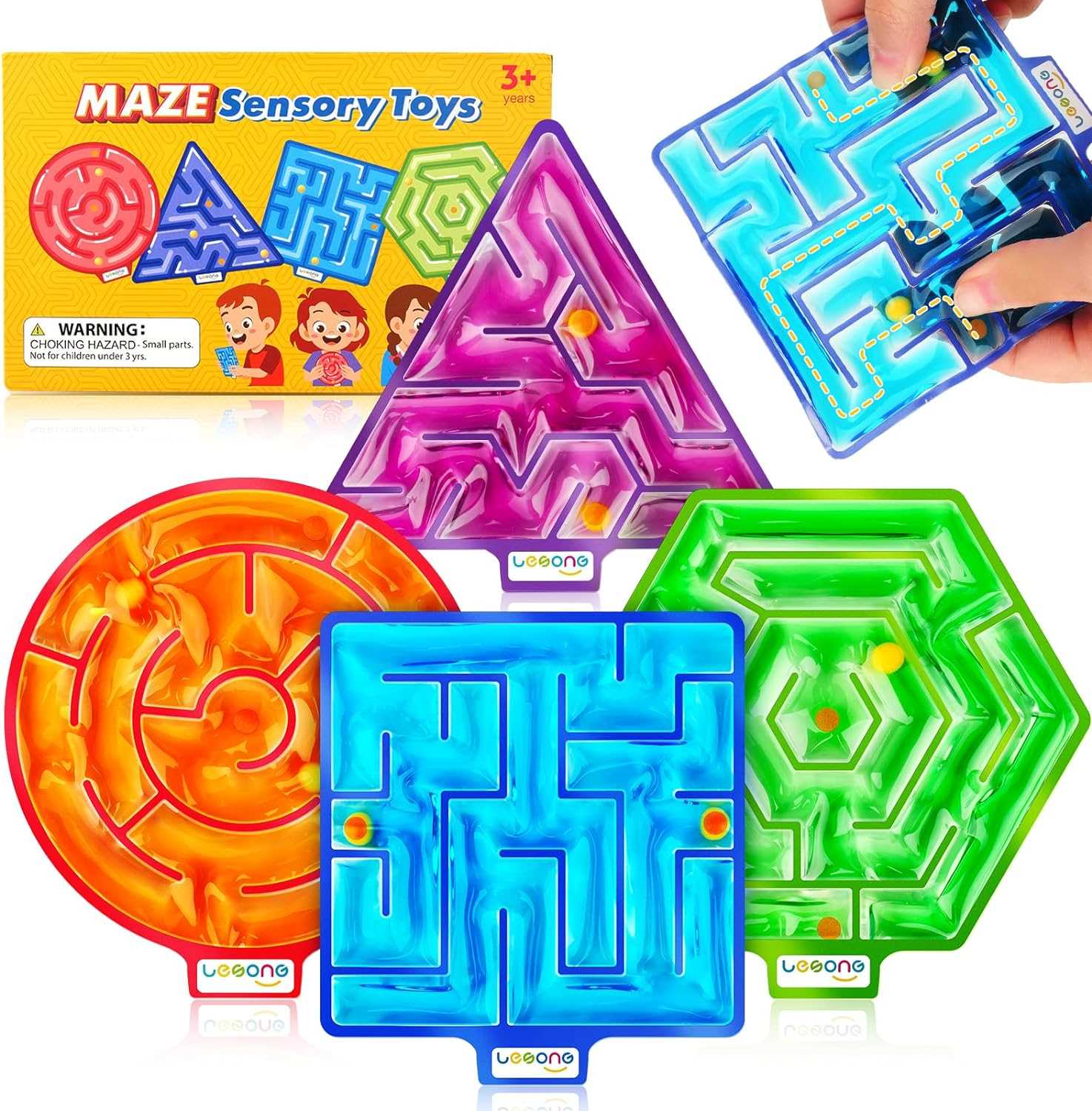SI Resources October 2024: Sensory Informed Practices
By Sensory Integration Education, 1 October 2024

In this month’s SI Resources blog, we’ve put together articles, guides, books and products to help better inform ourselves of the benefits of applying a sensory approach in diverse settings when working with and supporting individuals with sensory needs and differences.
Unlocking Potential: Sensory Integration Training for Occupational Therapists Guide - as an occupational therapist, your primary goal is to help clients participate in meaningful activities of daily living. Sensory integration is an essential component of effective OT because it addresses how individuals process and respond to sensory information from their environment and within their own bodies. Understanding when sensory integration and processing differences are impacting your client’s praxis and responses to sensory input is like a light bulb going on. This free downloadable guide from SIE looks at what you need to know to become a Sensory Integration Practitioner and how it can transform your practice.
Supporting Regulation for Older Adults with Sensory Integration Difficulties – this is a podcast episode from SIE’s SI on the Fly podcast series. In this particular episode, SI Practitioners Kim Elter and Leanne Duggan talk about their experiences in practice of finding the "magic bullet" breakthrough - a sensory experience that allows the individual to return to a sense of safety and regulation for long enough to be able to put other strategies into place. Leanne also describes how using sensory-informed strategies, drawn from the work of Dr Tina Champagne, has been influential in her practice.
How to Find Your Sensory Goldilocks: Achieving the "Just Right" Fit - this insightful article from Psychology Today looks at how sensory overstimulation and intellectual understimulation can create a unique challenge for AuDHD individuals (autistic individuals with ADHD) and how sensory dysphoria occurs when experiencing both overstimulation and understimulation simultaneously. The article also explores how preparation, mindfulness, and self-advocacy are key strategies for achieving a balanced sensory experience and can help navigate the balance between over and understimulation.
What is Sensory Defensiveness in Autism? - sensory defensiveness is a hallmark trait of autism, and it can be hard to deal with – both for autistic children and their families. This article from Autism Parenting Magazine is an informative read on how somatosensory processing differences and challenges might present in autistic individuals
Higher Education Needs to Get to Grips with the Language of Neurodiversity - written by Hannah Breslin and Neil Currant, 2 autistic academics, this is a thought-provoking read on the use of language in higher education institutions when supporting neurodivergent individuals. Finding out you are autistic later in life brings a specific set of challenges that often play out acutely in professional contexts. Hannah’s and Neil’s combined experience is that while colleagues are willing to learn about neurodivergence, widespread societal stereotypes still exist e.g., they have both encountered scenarios where colleagues have either assumed autism is a learning disability or that they possess some kind of savant superpowers.
Books and Product Ideas

Sensory Integration: Theory and Practice
This book* by Dr Bundy and Dr Lane, with their team of contributing experts and scholars, provides guidance and detailed case examples of assessment and intervention based in sensory integration theory. They describe the neurophysiological underpinnings and synthesize current research supporting the theory and intervention.

Sensory and Motor Strategies (3rd edition): Practical Ways to Help Autistic Children and Young People Learn and Achieve
This book* is a useful resource for anyone working with autistic children. The author Corinna Laurie sets out practical strategies to help autistic children develop their sensory and motor skills. The simple, low-cost activities provide practical solutions to help children meet the demands of any situation, building skills from handwriting and using scissors to improving posture, co-ordination and motor planning. Sensory strategies include calming techniques and simple environmental modifications to prevent overwhelm.

An Evidence-Based Guide to Combining Interventions with Sensory Integration in Paediatric Practice
This book* offers practical ideas on combining sensory integration theory principles with other evidence-based approaches in the evaluation and treatment of multifaceted issues in children with disabilities. Featuring numerous case studies, the opening chapters focus on the evidence for combining intervention approaches with diagnoses most often encountered in clinical practice. The latter half of the book covers the delivery of services using blended intervention approaches in different settings, such as schools, hospitals and in nature. The book will guide OTs and other health professionals working with children and adolescents across a variety of settings in using clinical reasoning skills in a systematic manner that will lead to better interventions.

Southpaw Sensory Kit
This Southpaw Sensory Kit includes some of their most popular tactile items for use in the clinic, the classroom or at home. The kit includes a 7cm and 9cm sensory ball, tactile massage ring and roll, Grab-N-Ball, a mini massager, small tangle and easy-catch ball.

Worry Monster
As children with sensory differences can present with heightened anxiety, this worry monster* is a great toy to help them manage stress and anxiety. A child can simply write down what their worries are and feed them inside the worry monster to zip them away for good!

Fidget Maze
This sensory fidget maze toy is soft and flexible and comes with a silent design. When children are experiencing big feelings, pushing the marble through the maze is a tactile calming experience that helps them regain control of their feelings and promotes focus and relaxation. It’s a great fidget tool that can be used on the go (e.g. commuting to school) and also helps develop visual-motor coordination.
*Affiliate link: SIE may earn a commission (at zero cost to you) when you purchase by clicking on an affiliate link.
NB: Sensory Integration Education is not responsible for the content on external websites. Sharing a resource does not imply endorsement by Sensory Integration Education.

